10 years of Siri: the history of Apple's voice assistant
And what comes next
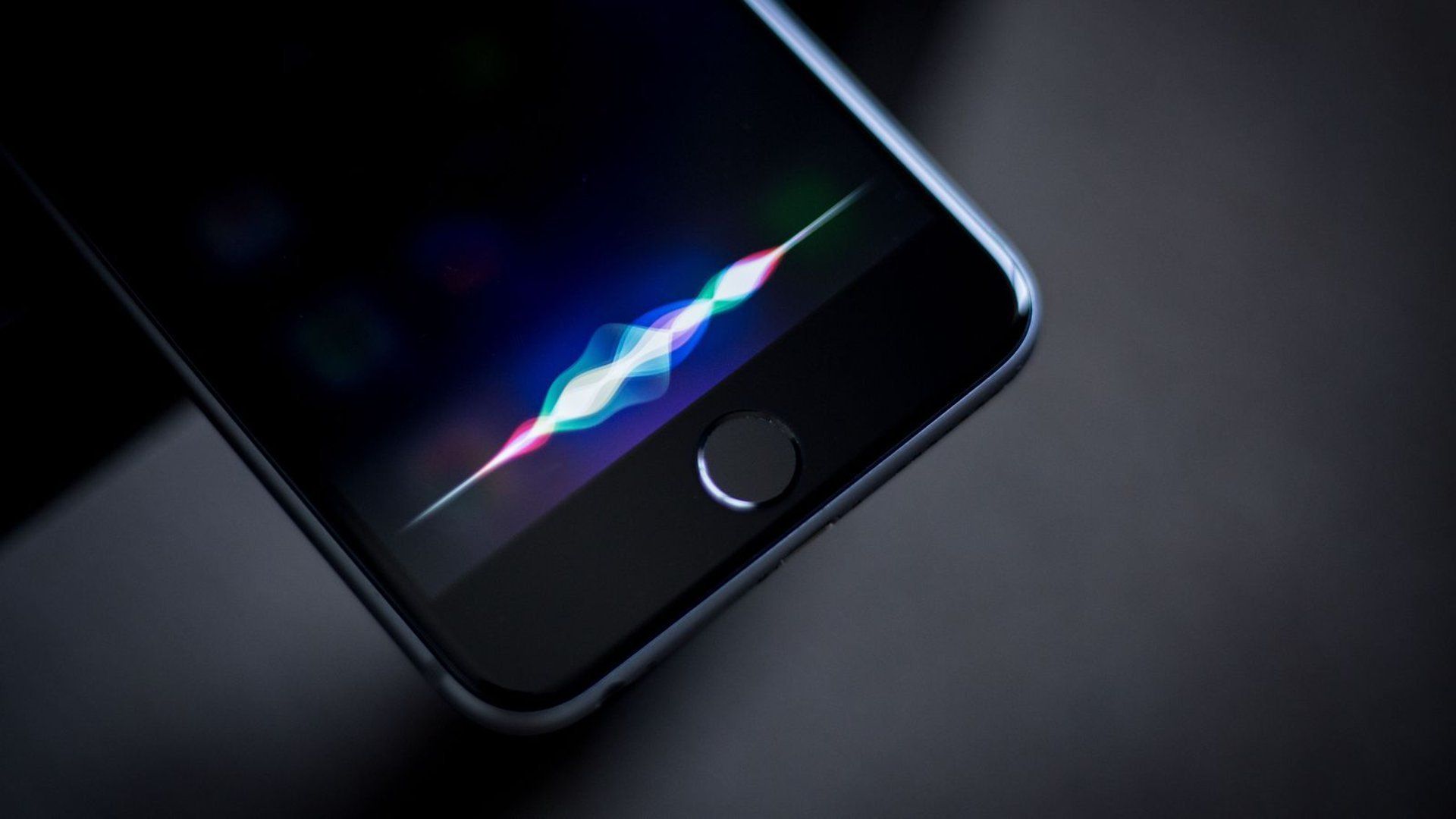
Has it really been 10 years of Siri? Somehow, yes. The Apple voice assistant was originally integrated into the iPhone 4S way back in October 2011, and we're now here to wish Siri a very happy 10th birthday.
Sparking a trend for smart voice assistants across the board, Siri certainly changed how we all interact with technology these days, with the rise of Alexa no doubt helped substantially by the presence of Siri before it.
It’s possible that some of you won't remember the early beginnings of Siri – which is why we've taken a walk down memory lane and looked at the history behind how Siri came to be.
We've also looked at just what it was like to use back in those early days, and considered what the next 10 years could mean for the (mostly) helpful voice assistant. Read on while we guide you through this winding road of ever-changing voice communication, from Siri's debut to its capabilities with the iPhone 13 and iOS 15.
The History of Siri
Siri was very different back in 2011. It actually started out as an app for iOS in February 2010. The Siri app was a spin-off from the SRI International Artificial Intelligence Center, and an offshoot of the US Defense Advanced Research Projects Agency's funded CALO project – an artificial intelligence project that attempted to integrate numerous AI technologies into a cognitive assistant, created by Dag Kittlaus, Tom Gruber, and Adam Cheyer.
It was named after a co-worker of Kittlaus in Norway, meaning "beautiful woman who leads you to victory" in Norwegian. Other sources have also referred to the fact that in Swahili, it means "secret".
Originally, the developers wanted to release Siri for Android and BlackBerry devices, with an acquisition by Apple in April 2010 soon changing that. Notably, it was an acquisition made by Steve Jobs, who died on October 5, 2011, the day after the iPhone 4S was announced. A pivotal turning point in Apple's history, the iPhone 4S was introduced on October 4 2011 with a beta version of Siri included.
Get daily insight, inspiration and deals in your inbox
Sign up for breaking news, reviews, opinion, top tech deals, and more.
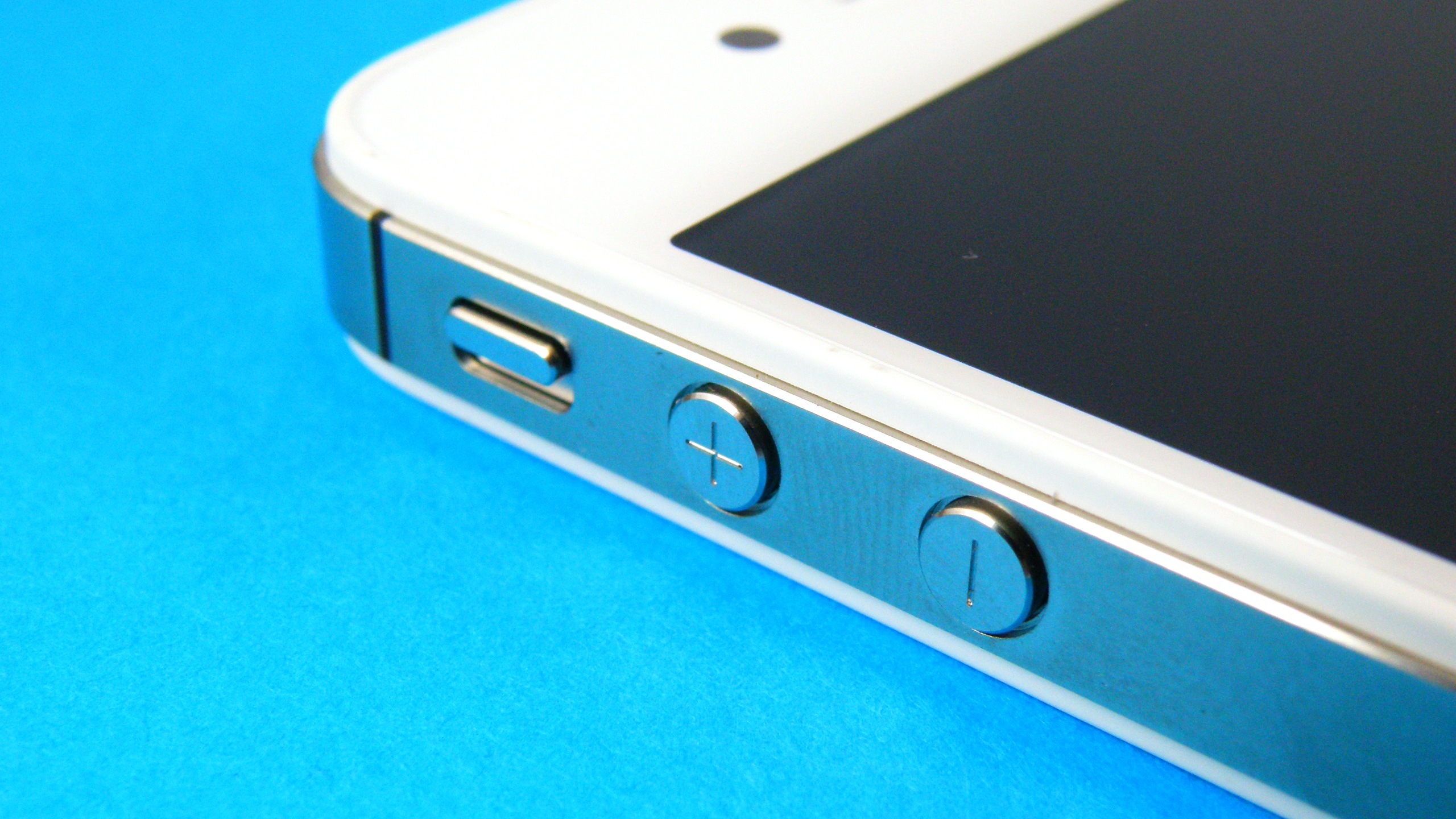
Who voices Siri?
Siri has had a few distinctive voices over the years. In its early days up until iOS 7 in September 2013, it used the voice of Susan Bennett – a voiceover artist and former backing singer for Roy Orbison and Burt Bacharach. She provided her voice back in 2005 unaware that she'd form such a fundamental part of technological history. Apple has never confirmed the information but Bennett herself has referred to being Siri with the claim also proven by an American audio forensics expert.
The original British male voice was provided by Jon Briggs, a former technology journalist, who – like Bennett – was unaware that his recordings would be used in such a way one day.
Following the early days of Siri, voices have since changed with iOS 11 using new voices that encompassed different personalities and expressions to make the assistant sound more human and natural with its responses. Since 2021’s iOS 14.5 update, too, Siri also no longer offers a default voice – you have to pick one!
What was Siri like 10 years ago?
Back in 2011, Siri was nowhere near as refined as it is now. While the voice assistant felt like a true game changer at the time, it was also a bit broken and clunky in hindsight. Our iPhone 4S review called it “easy to just dismiss it as another company trying to get on board with the voice recognition gimmick we've seen companies trying to make work for years.”
It wasn't the first voice recognition software on a smartphone with the likes of the Samsung Galaxy S2 offering similar capabilities. However, it was pretty quick and accurate – to a point. Wait a couple of seconds and Siri is ready to go, albeit in a form that looks far less stylish than now. It would understand many phrases such as when you wanted to send a message, know what the weather would be like, or set an alarm.
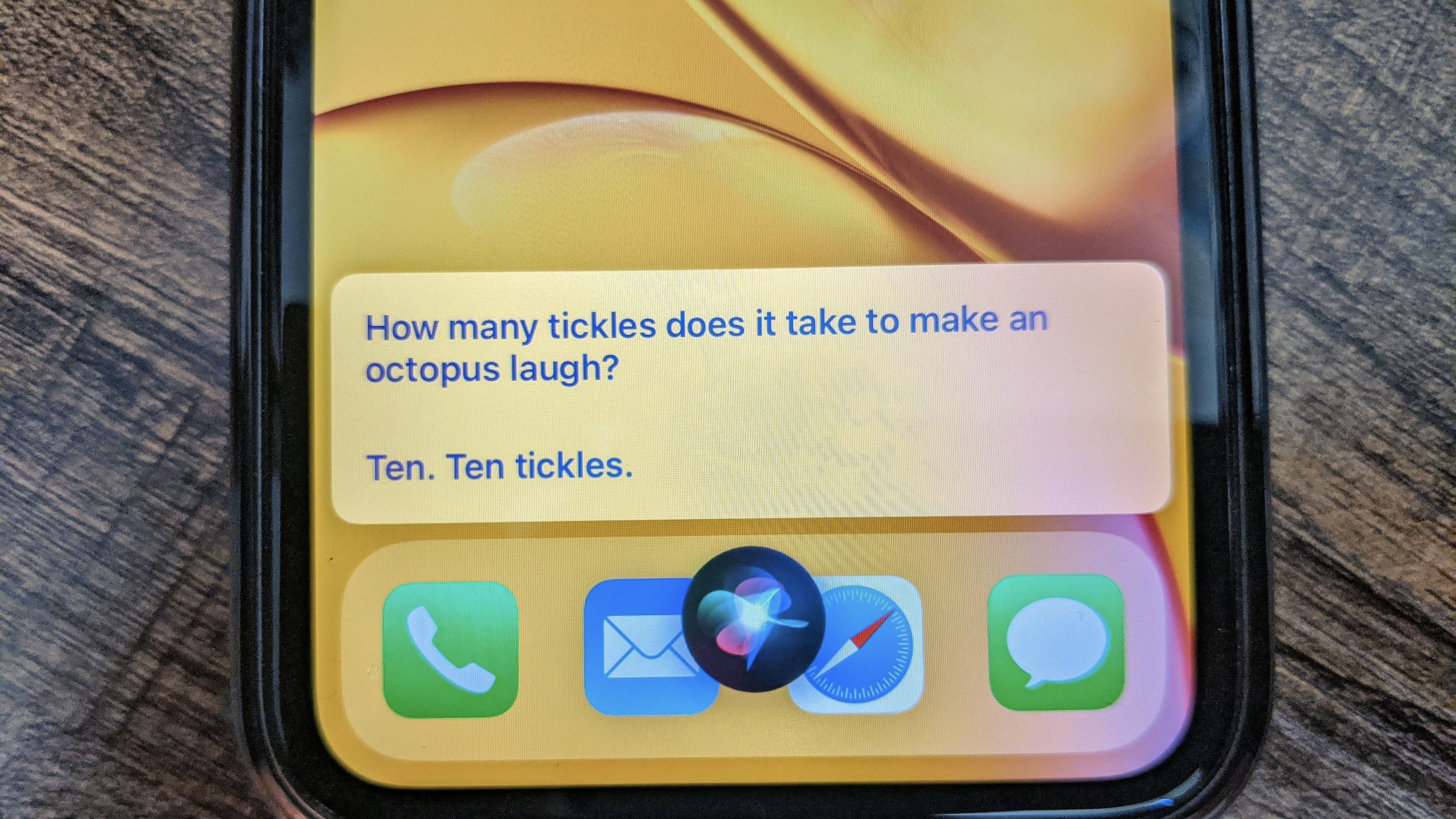
The downside was that you needed to be quite clinical with how you phrased things. As with a lot of early smart assistants, Siri didn't understand the complexities of human language so you needed to be pretty accurate with your requests back in 2011.
There were regional issues too, with users in the UK not having the full range of services at launch, such as the ability to ask where the nearest petrol station was.
Despite that, Siri was still easily the best voice recognition software on the market at the time, with the potential clear for the future – even if it’s been somewhat eclipsed by other, newer rivals.
What criticisms have there been of Siri?
It's been a sometimes bumpy path for Siri. At its simplest, Apple got into trouble because users with distinctive accents including Scottish, Bostonian and Southern American English struggled to get Siri to understand them.
At its most complex, Siri was criticised by organisations such as the ACLU after it was found that the assistant would not provide information about the location of birth control or abortion providers nearby. Sometimes, it would direct users to crisis pregnancy centres instead. As recently as 2016, Fast Company spotted that Siri would confuse the word "abortion" with 'adoption" although Apple updated Siri to offer a "more comprehensive list of Planned Parenthood facilities" within the US.
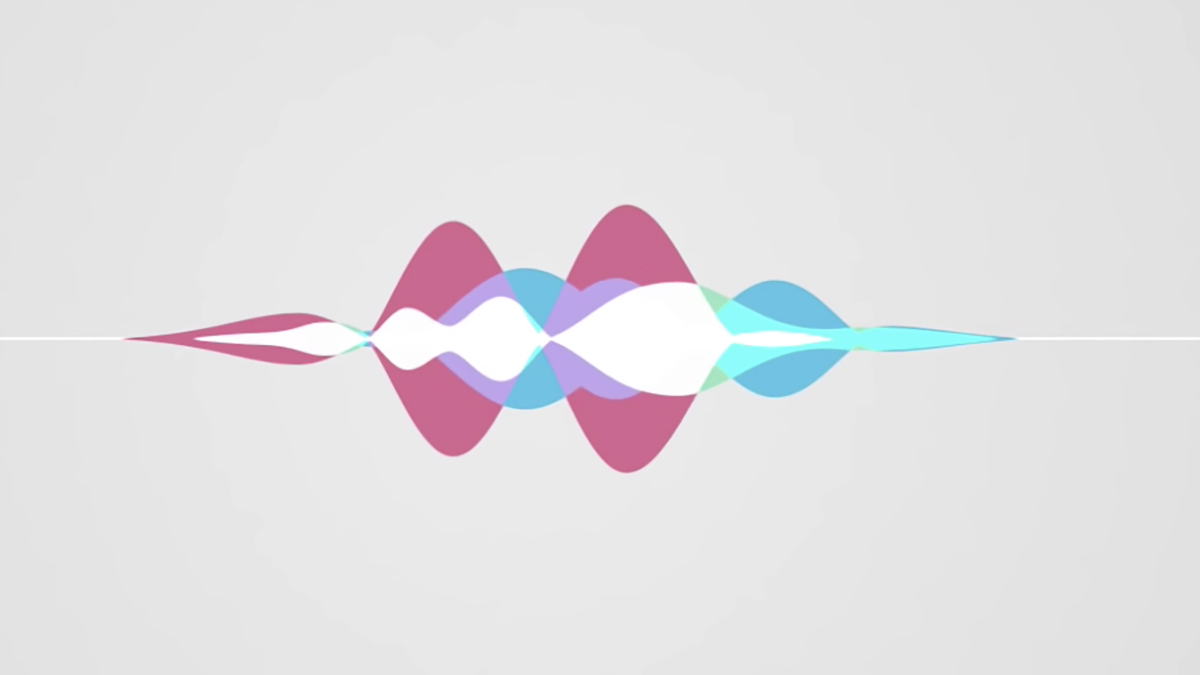
How has Siri changed over the years?
Evolution rather than revolution has been key for Siri ever since. The foundations were there from the iPhone 4S onwards and regular iOS updates have worked towards making Siri more effective.
Crucially, Siri is now far better at understanding and interpreting what's said by a user. It still takes a moment to recognise a casual "hey Siri"but it can now do a lot more.
That includes splitting a bill or calculating a tip, controlling HomeKit products, identifying songs, solving equations, helping with Apple Maps navigation and directions, as well as even sending money via Apple Pay. Most new Apple features integrate well with Siri too.
Since iOS 11, Siri has been able to handle follow-up questions as well as support language translation and more third-party actions too.
Siri is also now an active assistant for macOS as well as watchOS, besides its original home on iPhones and iPads. It can make proactive suggestions, such as if you're running late for a scheduled meeting. Once Siri spots your tardiness, it can suggest calling the person to let them know. It's also capable of suggesting HomeKit scenes to activate at certain times of day, as well as come up with search suggestions.
Since iOS 15, speech processing and personalisation are now done on the device which makes it faster at processing commands than when it was done via the cloud. It also makes it far more secure, with most audio requests kept entirely on the device in question. Able to learn contacts most interacted with as well as new words typed, it's smarter with every update.
What devices are now compatible with Siri?
Since Siri was added to the iPhone 4S, it's been available for pretty much every Apple device you can think of.
That includes all iPhones since the iPhone 4S, all iPads since June 2012, the iPod Touch, Apple TV, the stand-alone Siri Remote, as well as Macs and AirPods since September 2016. There's also Siri support within HomePods since February 2018 too, plus CarPlay users can speak to their car to complete many tasks.
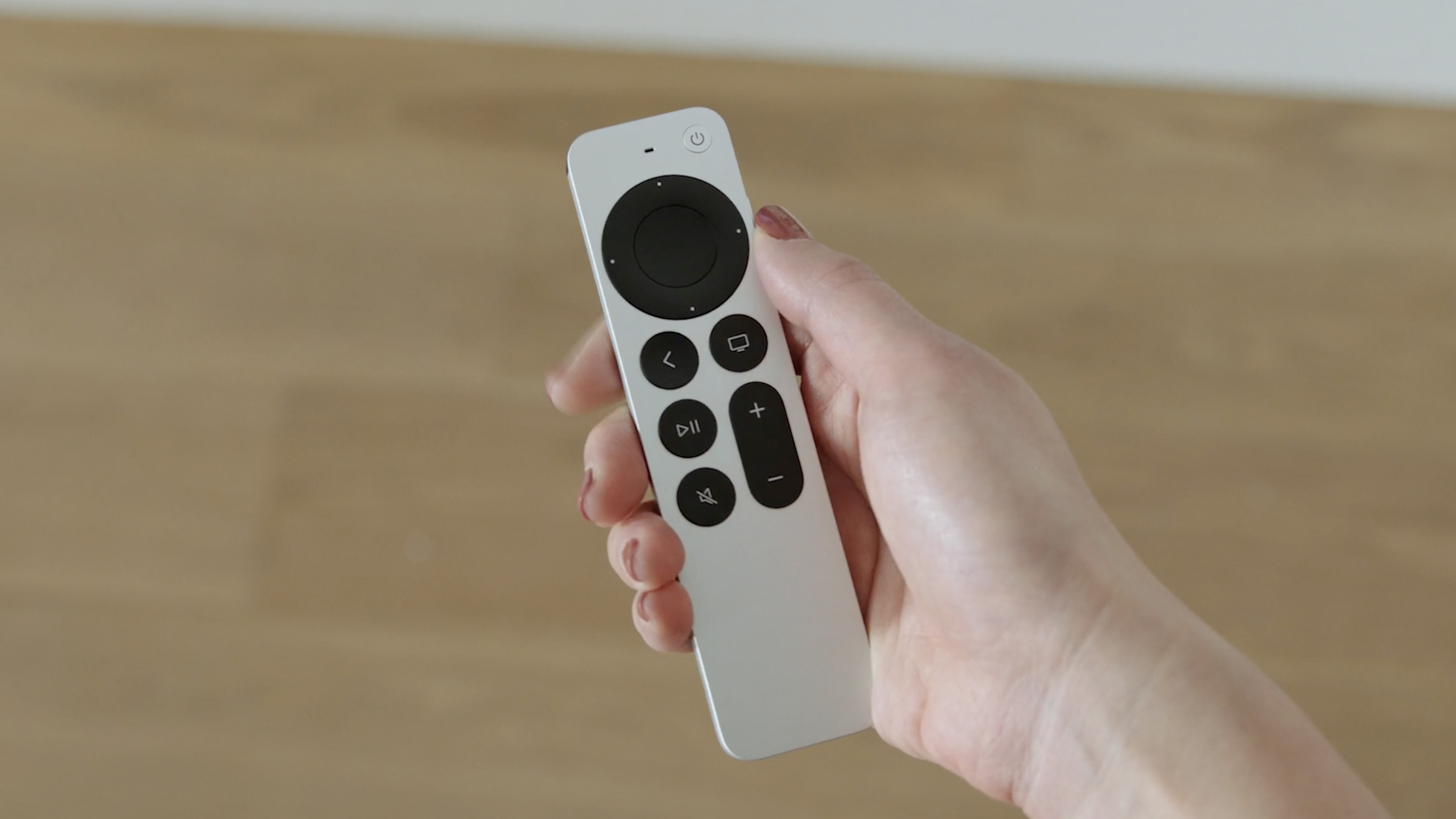
What's next for Siri?
So, what could be next for Siri? While it's much more accurate than it ever used to be, obviously, we're all hoping for even more pinpoint accuracy and the ability to understand whatever we say.
However, we think more is to come from Siri than just that. A patent earlier this year suggested that Apple is researching how to detect environmental noise levels and user voice patterns so that Siri can respond with an appropriate yell or whisper as and when needed. Right now, it can't recognise when volume should be adjusted, unlike Alexa, and it's a bit awkward in certain scenarios.
We're also expecting to see the ability to access and deal with multiple applications and services at once, making Siri more of an all-in-one digital assistant that it's always tried to be.
More personalisation features much like Alexa's voice profiles system seems likely too, especially for devices that the whole household uses.
A more futuristic view could be the ability to detect emotion in one's voice. Noticing stress could be the ideal time for Siri to suggest some mindfulness exercises, or speaking through tears could even lead to the suggestion of calling emergency services, or simply a trusted friend – the next step on from an Apple Watch being able to predict your own panic attacks.
Whatever happens next, it's clear Siri is going nowhere and the next 10 years should be quite promising for how voice assistants can help us out in making life easier.

Jennifer is a roving tech freelancer with over 10 years experience. Having graduated from Swansea University with a degree in Media and Communication Studies, and later with a diploma from Staffordshire University with a post graduate diploma in Computer Games Design, she's written for a huge number of publications, including T3, FitandWell, Top Ten Reviews, Eurogamer, NME and many more.
Her main areas of interest are all things B2B, smart technology, wearables, speakers, headphones, and anything gaming related, and you'll find her writing everything from product reviews to buying guides and hunting down the latest coupon codes to save you money. In her spare time, she enjoys the cinema, walking, and attempting to train her pet guinea pigs. She is yet to succeed.